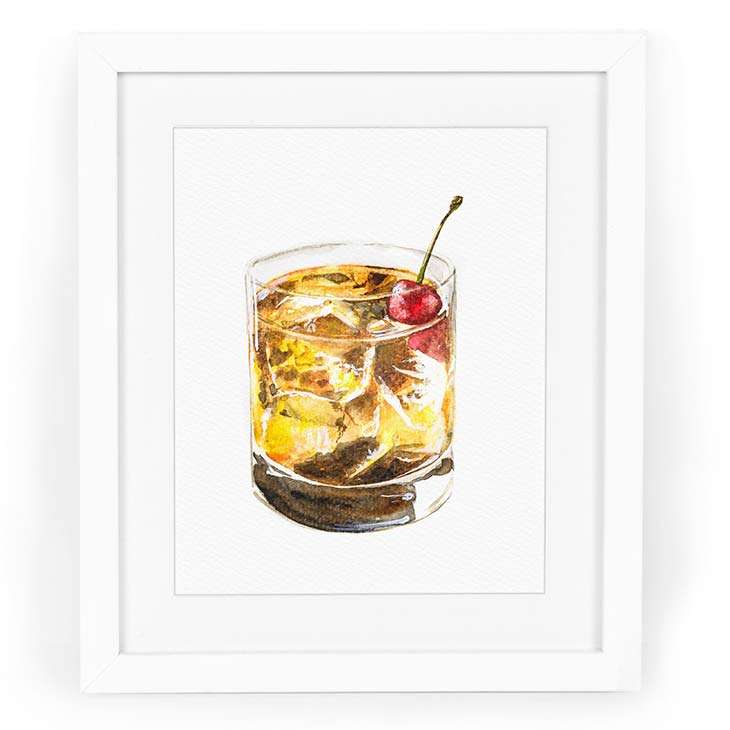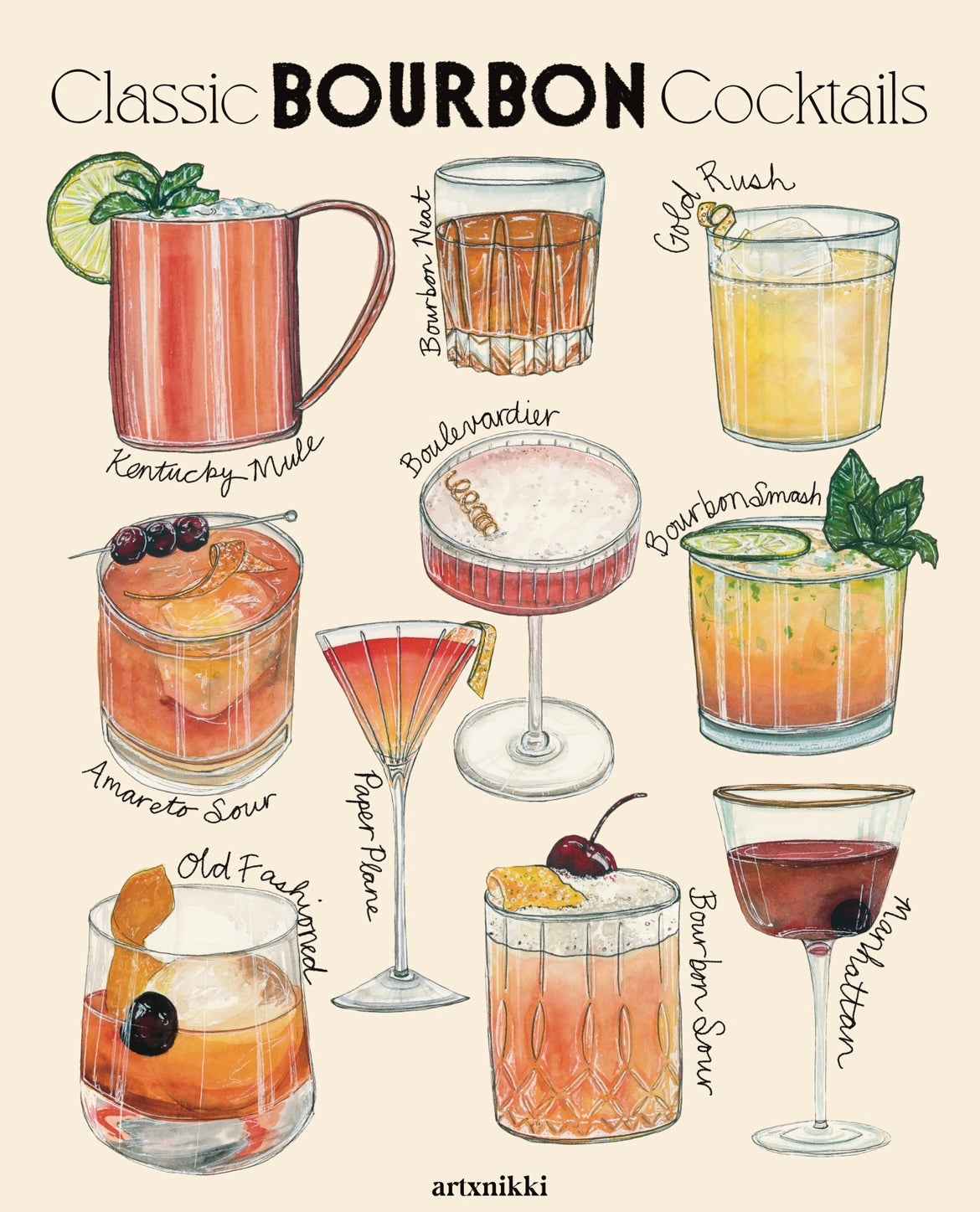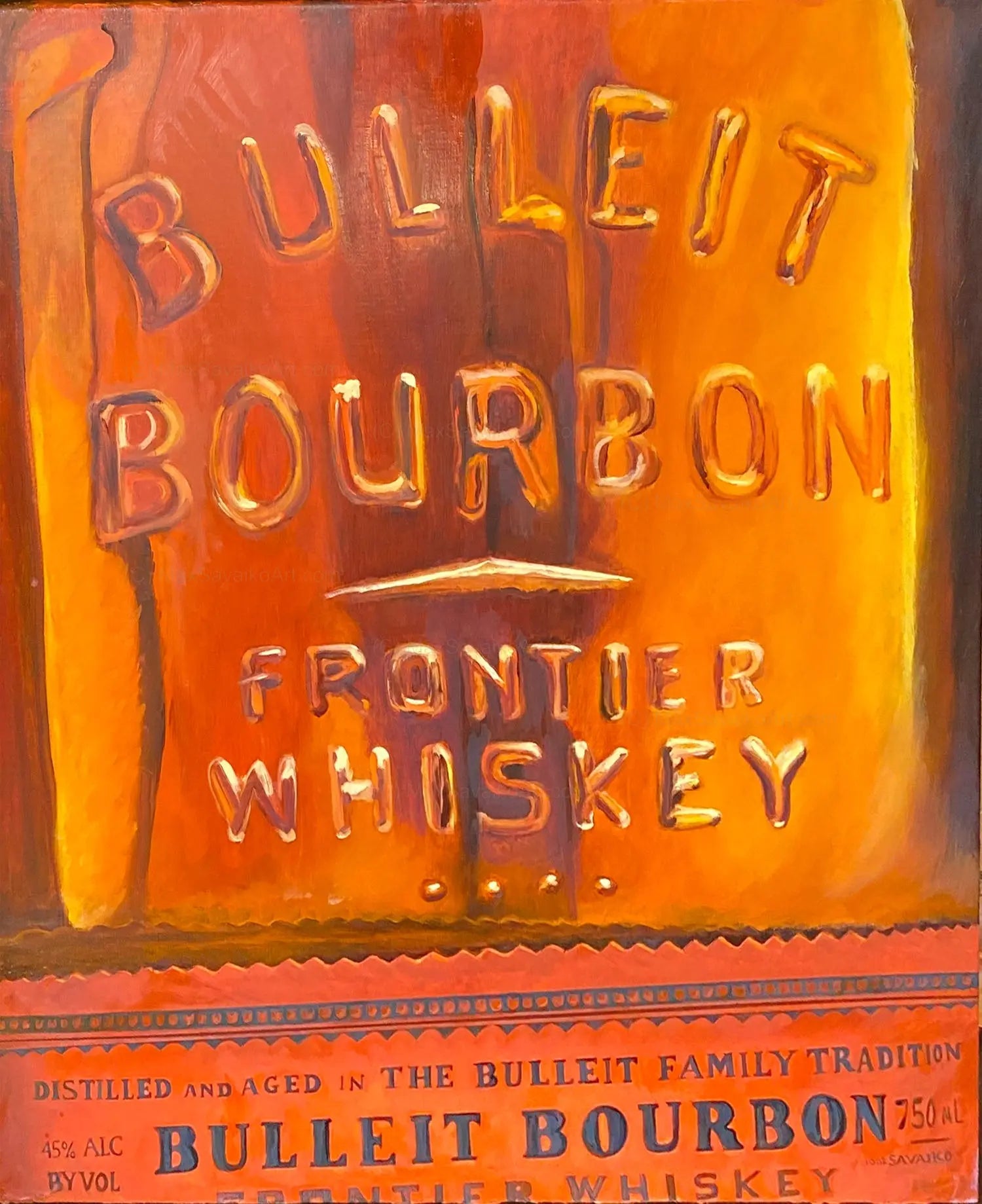Whiskey Art as a Statement: Exactly How It Enhances Home Decoration
Wiki Article
The Relevance of Whiskey Art in Celebrating Heritage and Craftsmanship in the Beverage Sector
The complex partnership between whiskey art and the event of heritage and craftsmanship within the drink industry can not be overstated. With attentively designed tags and containers, whiskey brand names envelop their historical roots and the artisanal skills that specify their manufacturing approaches. This imaginative measurement not only improves market appeal but also acts as a channel for cultural narration, promoting a much deeper connection in between the craft and the consumer. As we explore the numerous elements of this subject, fascinating concerns regarding the influence of contemporary patterns on conventional techniques develop, prompting more assessment.The Historic Origins of Whiskey
At the heart of bourbon's allure lies a rich tapestry of historic origins that map back to old civilizations. The origins of whiskey can be linked to the purification techniques of the Sumerians and Babylonians around 2000 BCE, where early kinds of fermented grain drinks started to arise. Nonetheless, it remained in the Center Ages that the art of purification progressed considerably, particularly in Ireland and Scotland, causing the creation of bourbon as we understand it today.
The term "whiskey" itself originates from the Gaelic word "uisce beatha," implying "water of life." This phrase underscores the cultural value of scotch in Celtic societies, where it was often connected with routines, celebrations, and communal bonding. By the 15th century, distillation came to be a recognized craft within reclusive neighborhoods, paving the method for the establishment of lawful distilleries.
As profession paths broadened, scotch's popularity grew, going beyond regional boundaries and catching the passion of connoisseurs worldwide. Whiskey Art. This historical journey shows not only the craftsmanship behind bourbon production however also its integral duty in social and social contexts, marking it as a considerable drink throughout history
Artistic Expression in Branding
Whiskey branding stands as an engaging crossway of virtuosity and commerce, where visual identification plays an important function in shaping customer understanding. The looks of whiskey tags, product packaging, and advertising products reflect not only the brand's tale but likewise its core worths and heritage. Through creative expression, distilleries share a story that resonates with customers, evoking feelings and triggering connections.The use of color, typography, and images in branding offers to set apart products in a saturated market. For example, traditional concepts may evoke a sense of authenticity and craftsmanship, while contemporary styles can signify development and forward-thinking. This critical artistic direction enhances brand recognition and commitment, permitting customers to create an individual partnership with the whiskey they pick.
Furthermore, artistic expression in branding frequently works as a party of local heritage. Distilleries frequently include local signs or historic references into their designs, creating a local color that invites customers to participate in a broader cultural experience. Ultimately, the virtuosity behind scotch branding not only boosts aesthetic allure but also enriches the general story of the brand, promoting a deeper admiration for the workmanship and heritage ingrained in each container.
Craftsmanship in Container Layout
The virtuosity obvious in scotch branding extends beyond aesthetic identity to include the craftsmanship included in container layout. Each bottle works as a vessel not just for the spirit within, however additionally for the tale it tells regarding its origin, tradition, and high quality. The design process needs careful attention to detail, as aspects such as product, shape, and closure add substantially to the overall understanding of the scotch.Craftsmanship in bottle design involves picking top quality glass that can improve the scotch's shade and quality, while likewise giving a responsive experience for the customer. The shape of the bottle need to be both useful and aesthetically enticing, frequently showing the heritage of the brand name. Lots of distilleries select special forms or embossed logo designs that evoke a sense of credibility and background.
Furthermore, the label design and typography play a vital duty in connecting the brand name's narrative. Realism Art. A well-crafted bottle not just mesmerizes the consumer's eye but additionally reinforces the brand's dedication to high quality and tradition. In this method, the craftsmanship of bottle layout becomes a crucial element of the scotch experience, combining artistry with a profound regard for heritage
Social Significance of Whiskey Art
Celebrating tradition and workmanship, the cultural significance of bourbon art goes beyond plain aesthetics, linking with the historical and social narratives of the areas from which it comes from. Each container functions as a canvas, showing the one-of-a-kind tales, mythology, and practices that have shaped regional whiskey-making practices. The complex styles usually mirror the heritage of the distillers, integrating symbols and motifs that resonate with the society and worths of their neighborhoods.
In addition, whiskey art plays a crucial role click here for more in communal events and parties, functioning as a tangible link in between people and their shared experiences. By appreciating the artistry in bourbon product packaging, customers grow a deeper understanding and respect for the craft, inevitably improving their satisfaction of the drink itself.
Modern Trends in Bourbon Presentation
Over the last few years, the discussion of scotch has actually evolved to reflect modern preferences and patterns while still recognizing traditional workmanship - Realism Art. Distilleries are progressively concentrating on aesthetic aspects that improve the general alcohol consumption experience, connecting the space between heritage and modernityIngenious container layouts have emerged, frequently incorporating lasting products and creative tags that tell engaging tales. Many brands now collaborate with local musicians, instilling their items with special aesthetic expressions that reverberate with consumers. In addition, limited-edition releases are frequently packaged in collectible containers, including value and appeal for aficionados.

Verdict
additional resources In final thought, bourbon art offers as a vital avenue for revealing the heritage and workmanship fundamental in the drink market. With complex branding, innovative container designs, and culturally considerable creative aspects, bourbon brands efficiently honor their traditions and link with consumers.

Workmanship in bottle style entails choosing top quality glass that can boost the whiskey's shade and quality, while also giving a responsive experience for the customer. In this way, the workmanship of container style becomes a vital facet of the whiskey experience, merging creativity with a profound regard for heritage.
In final thought, scotch art offers as an important conduit for expressing the heritage and workmanship integral in the beverage industry.
Report this wiki page